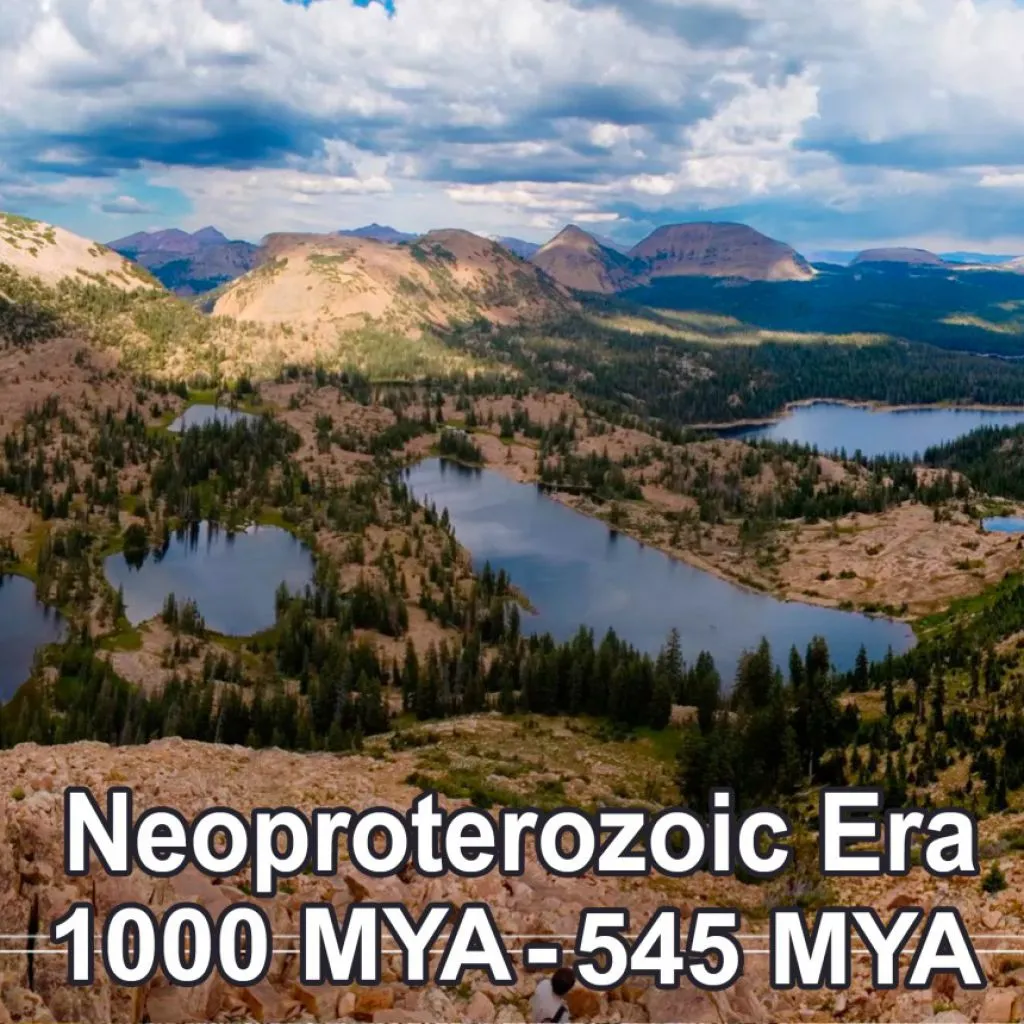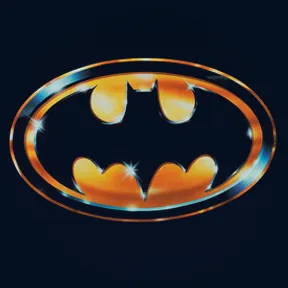
The Neoproterozoic Era
The Neoproterozoic Era is the unit of geologic time from 1,000 to 541 million years ago.
The Neoproterozoic Era is the last era of the Precambrian Supereon and the Proterozoic Eon; it is subdivided into the Tonian, Cryogenian, and Ediacaran Periods. It is preceded by the Mesoproterozoic era and succeeded by the Paleozoic era.
The most severe glaciation known in the geologic record occurred during the Cryogenian, when ice sheets reached the equator and formed a possible "Snowball Earth". The earliest fossils of multicellular life are found in the Ediacaran, including the Ediacarans, which were the earliest animals.
According to Rino and co-workers, the sum of the continental crust formed in the Pan-African orogeny and the Grenville orogeny makes the Neoproterozoic the period of Earth's history that has produced most continental crust.
GEOLOGY
At the onset of the Neoproterozoic the supercontinent Rodinia, which had assembled during the late Mesoproterozoic, straddled the equator. During the Tonian, rifting commenced which broke Rodinia into a number of individual land masses.
Possibly as a consequence of the low-latitude position of most continents, several large-scale glacial events occurred during the Neoproterozoic Era including the Sturtian and Marinoan glaciations of the Cryogenian Period. These glaciations are believed to have been so severe that there were ice sheets at the equator—a state known as the "Snowball Earth"















































